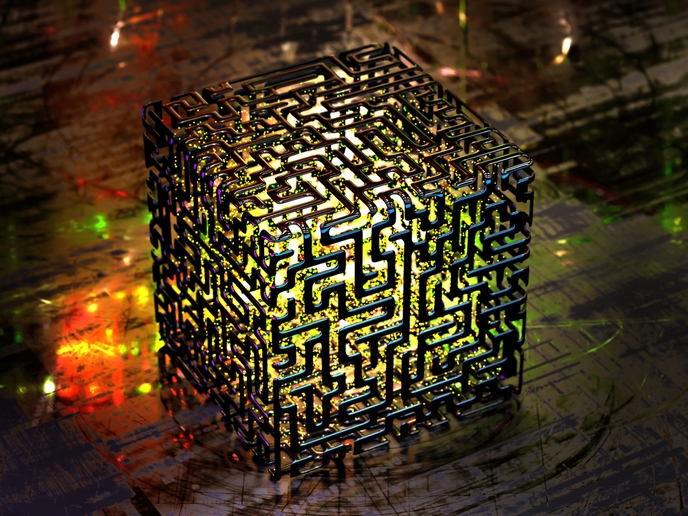A quantum leap forward for European fundamental research
“If you are not completely confused by quantum mechanics, you do not understand it” – John Archibald Wheeler, theoretical physicist
Quantum computers are arguably the most visible of the technologies of the emerging quantum revolution but what are they? The clue is in the name – a quantum computer utilises the laws of quantum mechanics, a theory that describes physical phenomena on the atomic scale. They allow for a specific particle, such as an atom, to exist in a different state at the same time – known as ‘superposition’. From a practical perspective, the quantum computer trumps a conventional computer because a conventional computer uses bits to code information that can take the form of only one value, either 0 or 1, whereas the quantum computer uses qubits that can simultaneously take the values of 0 and 1. Furthermore, when two qubits interact, they are no longer fully independent and are thus in a state of ‘entanglement’. Why is all this so important? Because thanks to both superposition and entanglement, a quantum computer in theory has access to all of the possible results of a calculation in a single step, a feat that a conventional computer could never achieve because it is built in a way in which it must process each piece of information separately, one after the other. This makes the quantum computer phenomenally more powerful and leaves its conventional cousins behind in the dust. But the promise of quantum is not just limited to raw computing power – researchers across Europe are also working to utilise and apply quantum effects to realise fundamentally superior performance and capabilities in communications, the medical sector and life sciences, metrology, robotics and AI, simulation technologies and cybersecurity, to name just a few. Because of the expectation that quantum technologies will eventually permeate into many of the systems and sectors that we rely on today, the EU views quantum technologies as a field of major strategic importance, for governments, businesses and citizens. Of course, to ensure Europe’s place as a world leader in unlocking the power of quantum technologies, supporting innovative research is an absolute must. Luckily, there is already a 20-year record of excellence for European research efforts in the field. Building upon this legacy, EU funding for quantum research has continued to be a high priority through the Horizon 2020 programme. EU research funds are supporting numerous projects across Europe with many having the goal of bringing commercial applications to market. The EU has also created the Quantum Technologies Flagship, a 10-year research and innovation initiative that began in 2018 and will see up to EUR 1 billion in funding over the course of its lifetime. Whilst we would happily feature dozens of projects based within this exciting field, as usual we only have space for seven in our special feature, but we hope they give our readers a good snapshot of how the quantum revolution is already beginning to play out and bear fruit. We look forward to receiving your feedback. You can send questions or suggestions to editorial@cordis.europa.eu.



